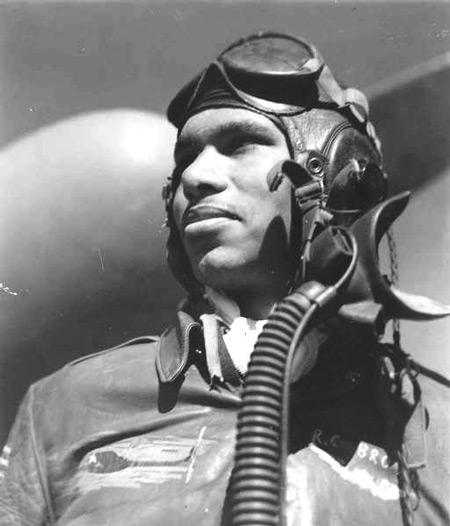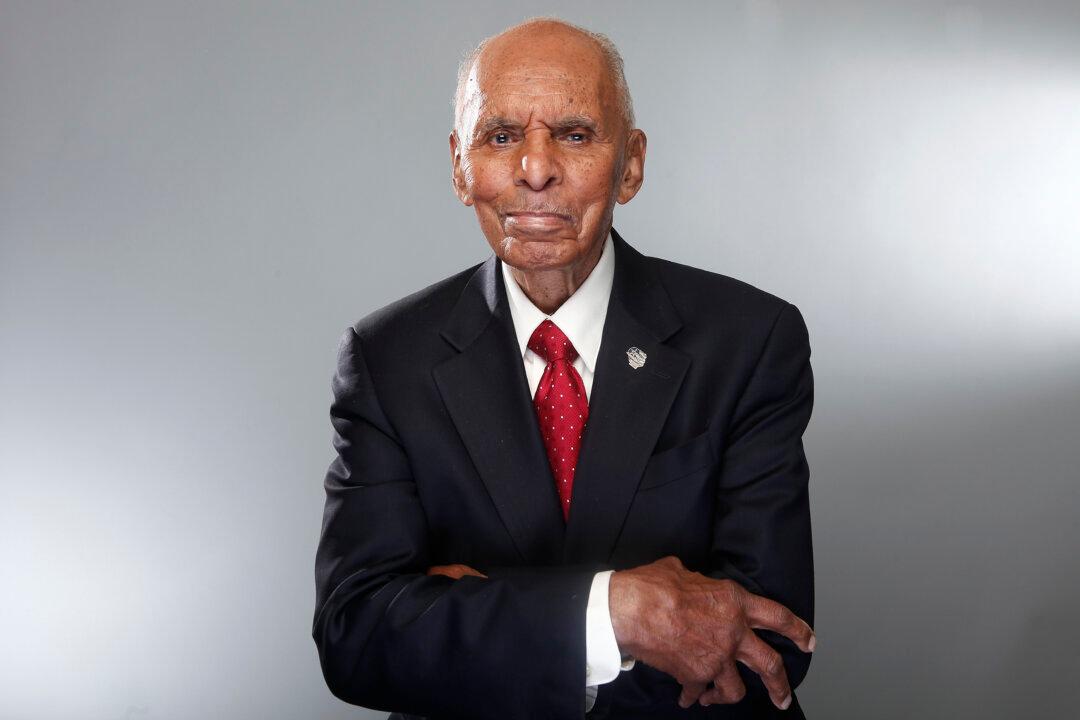For Black History Month, Epoch Times honors the contribution the late Roscoe Brown Jr. made to civil rights in New York and the nation. The Tuskegee war hero and accomplished academic continued to work for African-American rights up until his death in 2016 and was an inspiration to many.
NEW YORK—Lynda Hamilton was 12 the first time she met the unstoppable Roscoe Brown Jr.
Hamilton’s aunt had invited Brown to their annual family Christmas tree-trimming party. “Roscoe came religiously every year from that point on. He was the center of these parties,” Hamilton recalled on Jan. 27, six months after Brown died at age 94.
“He talked to you like you matter,” Hamilton said.
Now 52, Hamilton is bursting with stories about the man whom she considered her best friend. “When I needed him, he was there, and he was always loving. He was unconditionally loving to me and my family.”
The Three P’s
Brown lived by the motto “three P’s equals E,” or preparation, persistence, and pride equals excellence.
“That drove him. He would talk about it until the day he died,” Hamilton said.
During World War II, Brown was an accomplished member of the Tuskegee Airmen, a group of 994 African-American pilots who were famous for their heroism escorting American bombers over Europe and North Africa.






